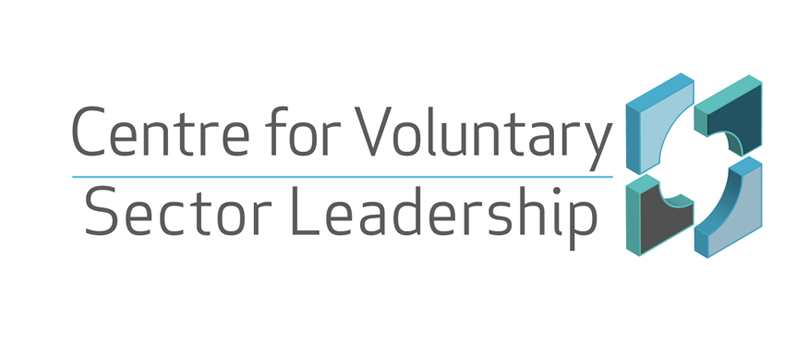3.2 Integrative leadership
The integrative leadership model (Bryson et al., 2015; Crosby and Bryson, 2005a; Crosby and Bryson, 2005b; Crosby and Bryson, 2010) highlights the challenges of aligning or integrating the structures and processes of collaboration. This challenge is familiar to anyone who has participated in an inter-organisational forum or project. In the early days, collaborative projects can be dominated by discussions to determine terms of reference, agree decision-making processes and accountability structures. These processes and structures then contribute to the continuing leadership of the collaboration – they make certain things possible, and others impossible. In other words, leadership of collaborations is enacted through processes and structures, as well as individuals (Huxham and Vangen, 2000).
Activity 4 Aligning processes and structures
Think back to a recent example in your own experience, and consider how much time the group spent constructing terms of reference, agreeing how to work together, determining how to make joint decisions and how each collaborating organisation is accountable to the other. (If you cannot think of an example from your experience, then think about the Local Planning Group in this week’s instalment of Ellen’s story. What processes would be it be important to agree in the first instance? How might these processes enable or limit future collaboration?)
- how did this initial work enable further collaboration?
- what processes was it important to put in place?
- what limitations did the agreed structures and processes place on the continuing collaboration?
Comment
Clearly, it makes sense to take time to determine how to collaborate, for example whether decision-making will be through consensus, majority decisions, or by authorised individuals. It is also important to reflect on how collaborative projects and forums will account to the collaborating organisations, without being dominated by organisational interests. This is a key task for leadership. However, this is not to suggest that it is possible to reach a point beyond organisational interests. Instead, the integrative leadership model suggests that collaborations should be deliberately designed to take account of different interests, strengths, and weaknesses, so that organisations complement each other in the endeavour to focus on that which is shared – achievement of a shared project, delivery of integrated services, transformation of a neighbourhood, service or community of need.
3.1 Challenges for champions
